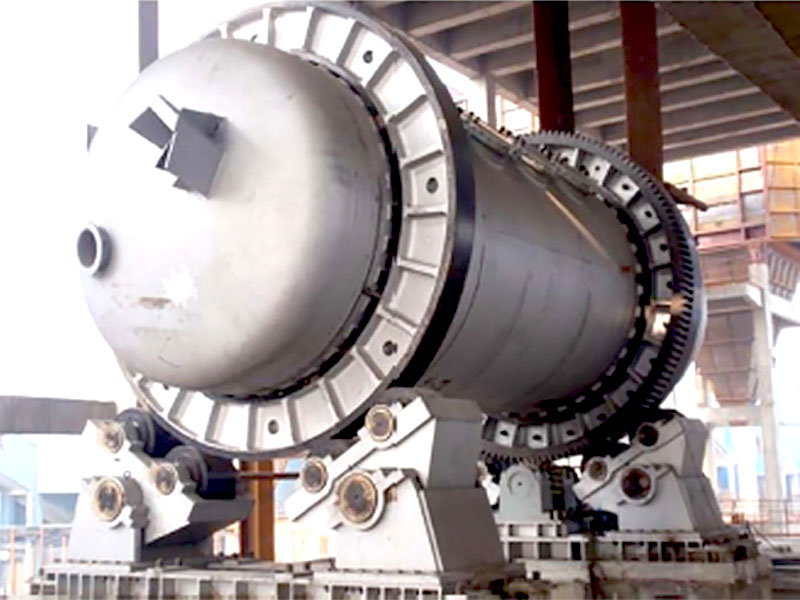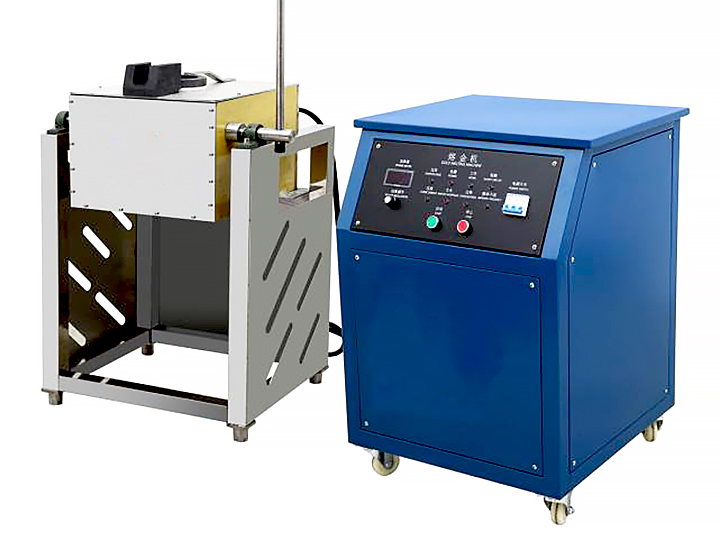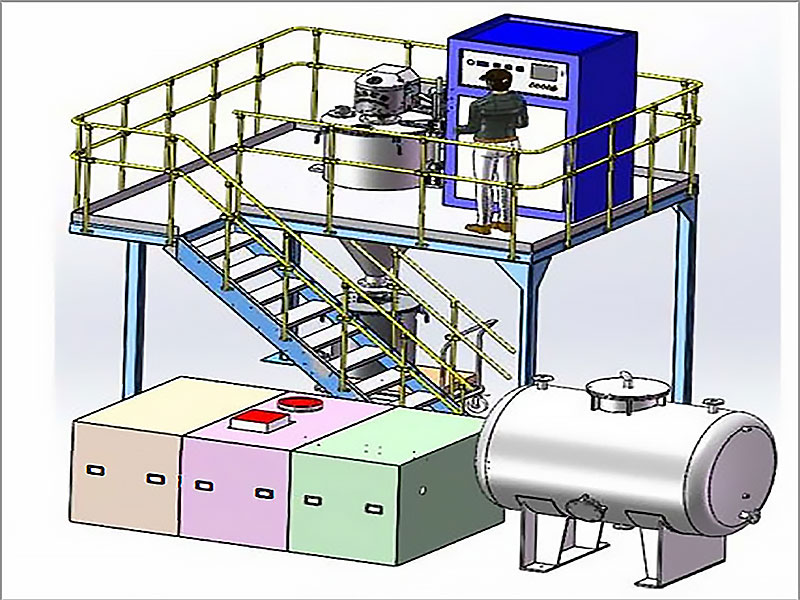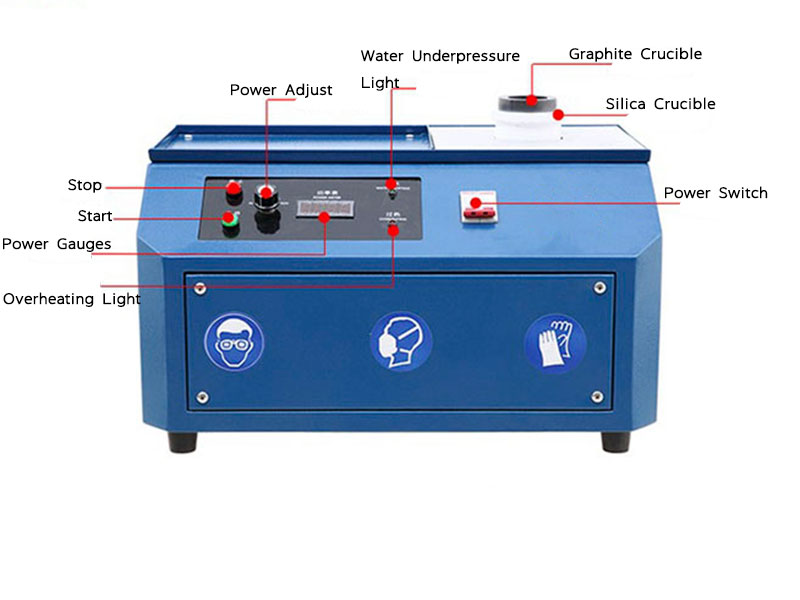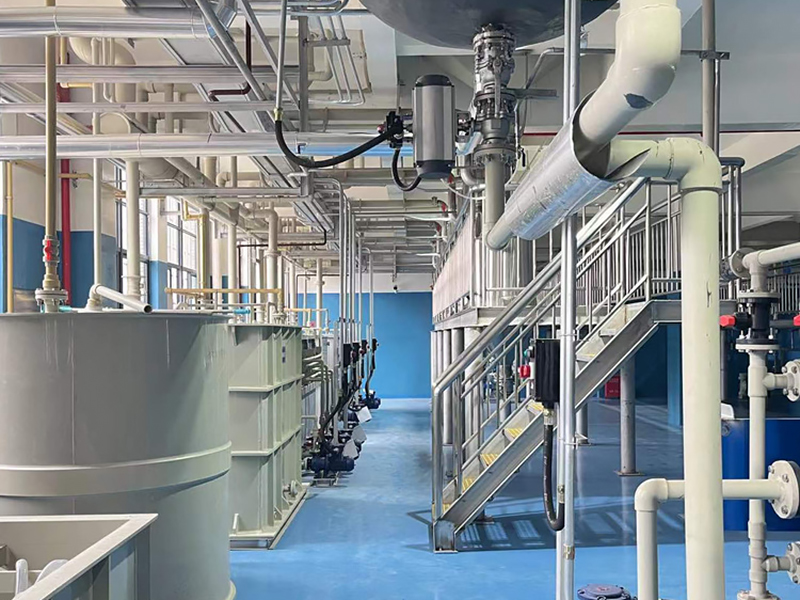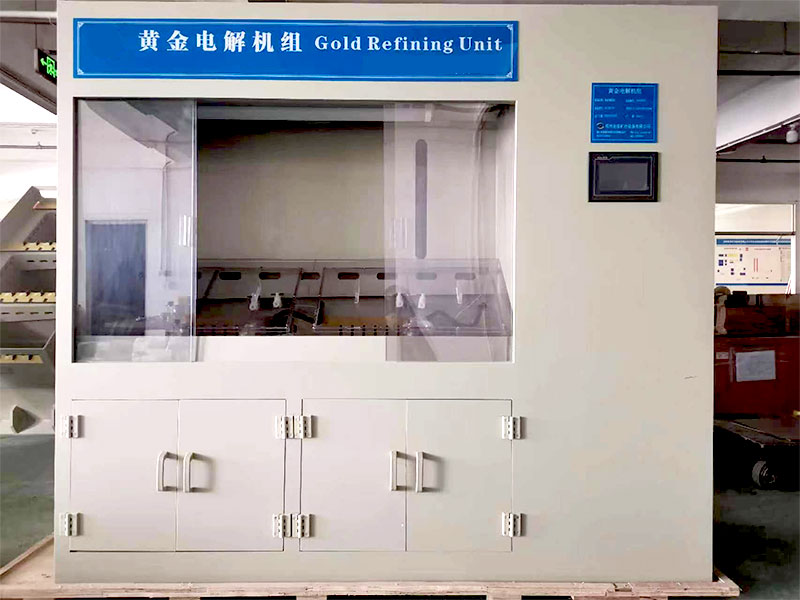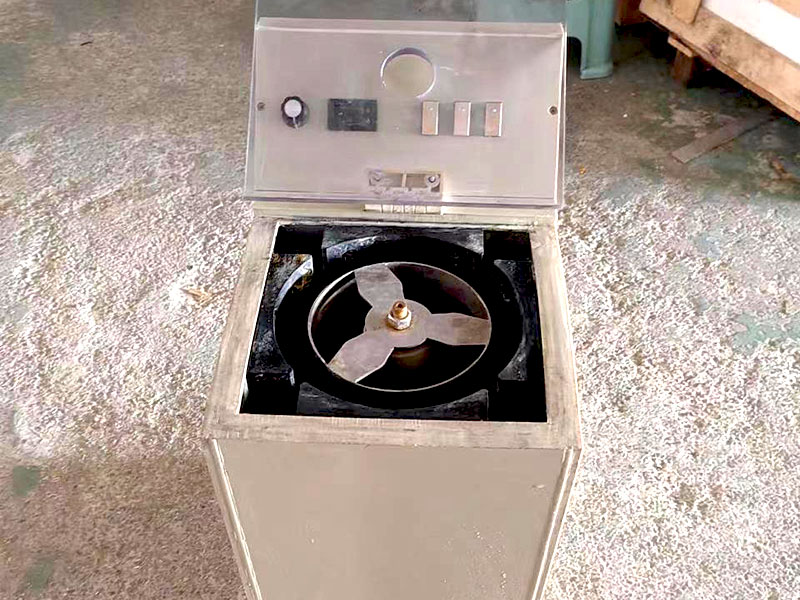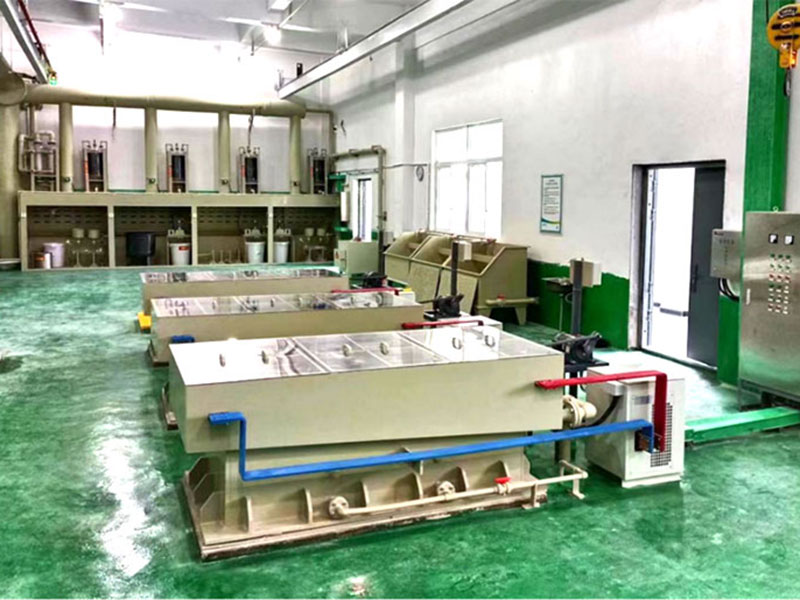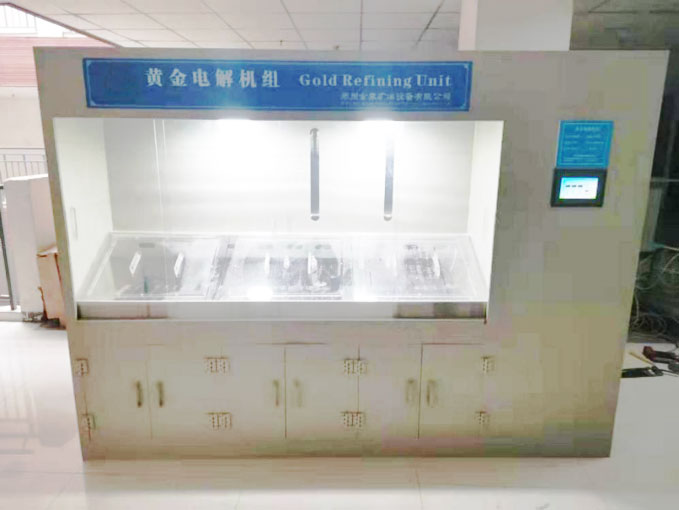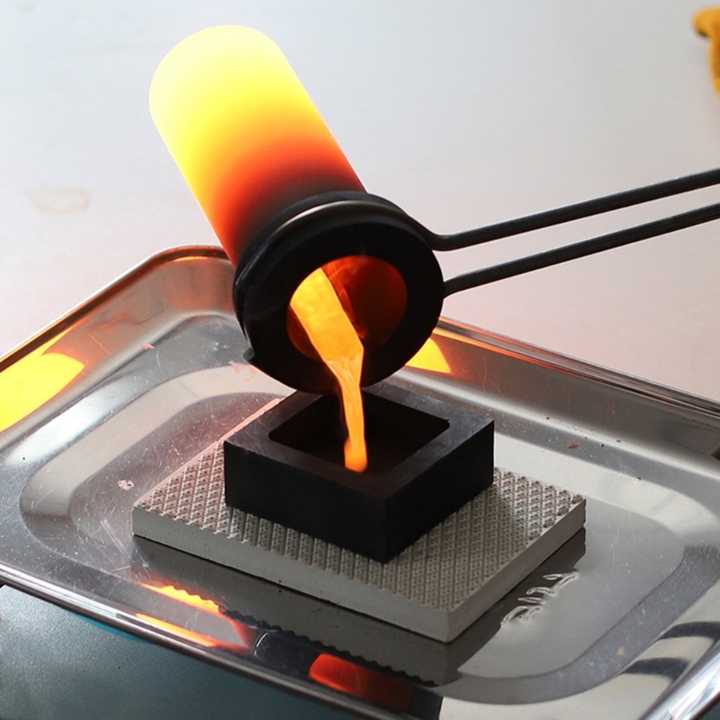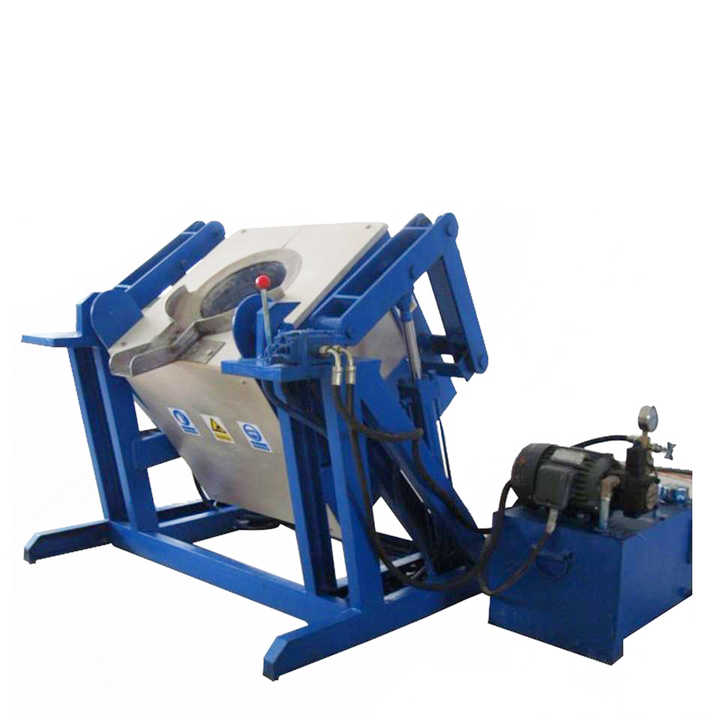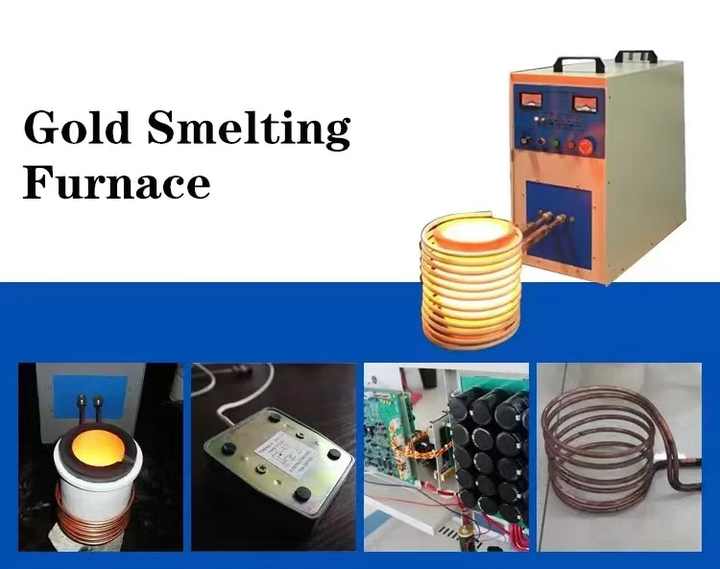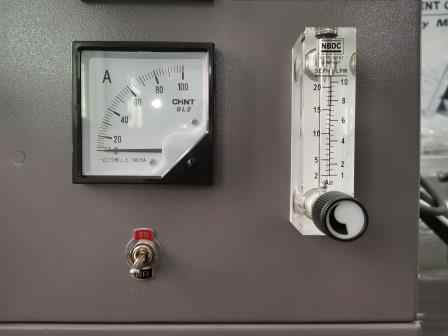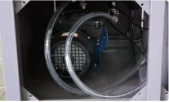smelting and refining precious metals
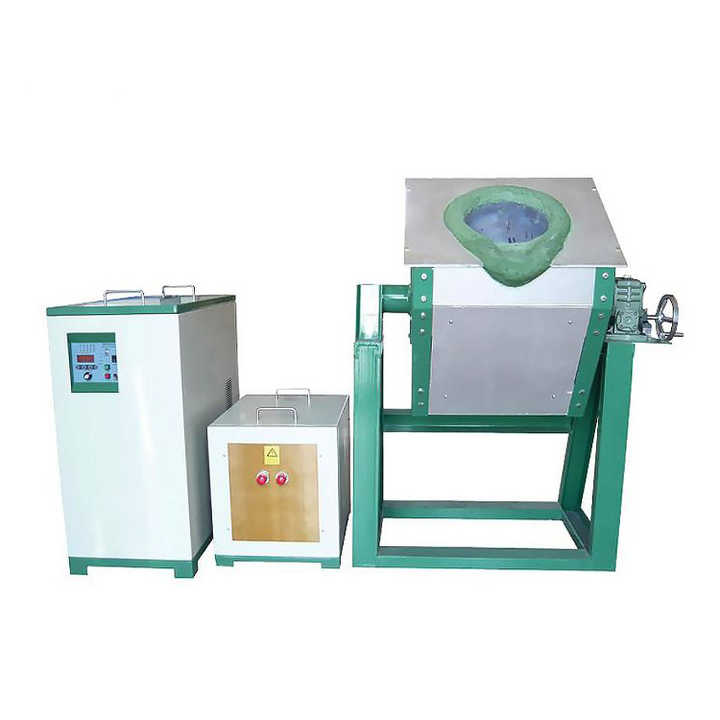
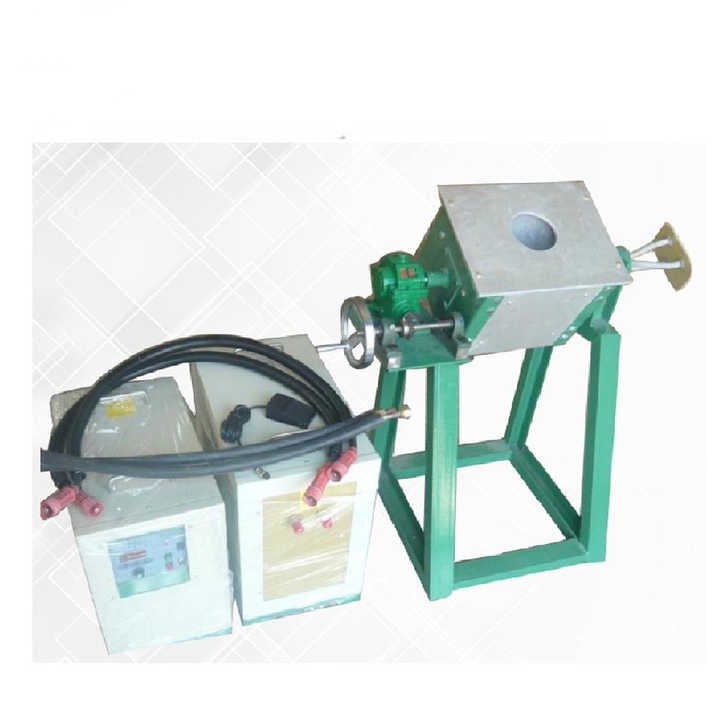
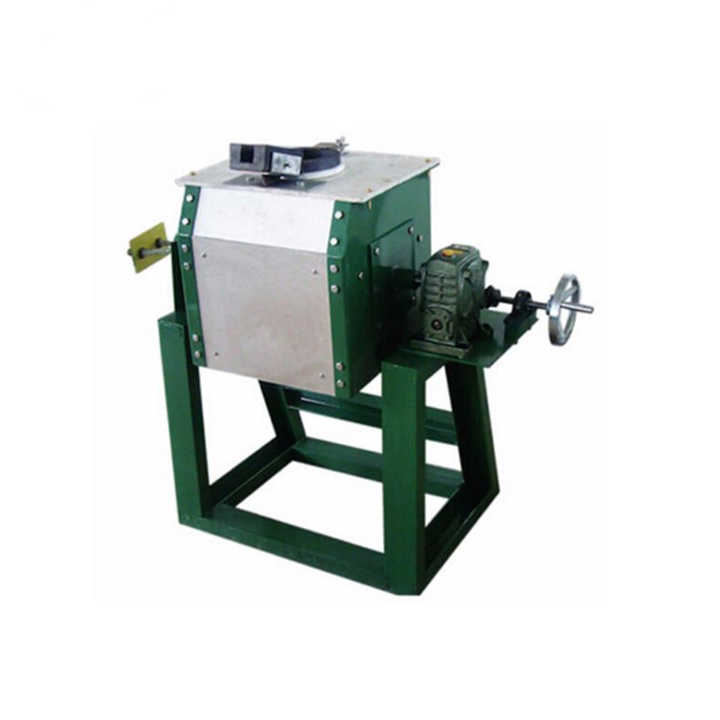
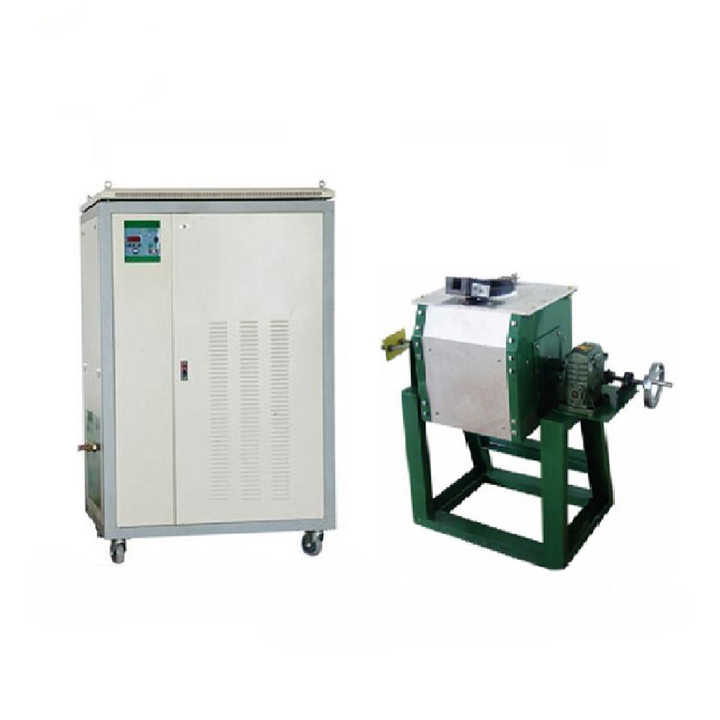
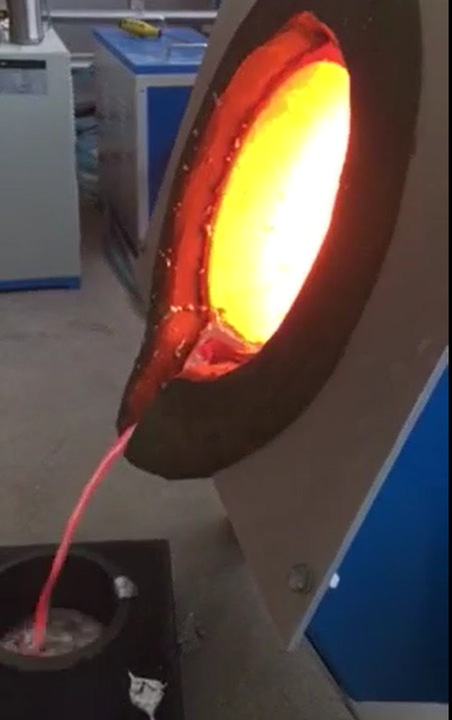
Smelting and refining precious metals are crucial processes in the recovery and enhancement of valuable materials such as gold, silver, and platinum. These processes not only increase the purity of metals but also ensure their usability for various applications. Understanding the methods, equipment, and considerations involved can help in achieving optimal results.
Understanding Smelting and Refining Precious Metals
Smelting and refining are two distinct but interconnected stages in the processing of precious metals. Each plays a vital role in transforming raw ore into pure, market-ready metal.
What is Smelting?
Smelting is the process of extracting metal from ore by heating and melting. This process involves chemical reactions that separate the metal from impurities. In the context of precious metals, smelting typically involves the use of a furnace to melt the ore and separate the metal.
The Role of a Smelting Furnace
A smelting furnace is essential for the smelting process. It provides the high temperatures needed to melt the ore and facilitate the separation of precious metals from other elements. Various types of furnaces are used, including electric arc furnaces, induction furnaces, and gas-powered furnaces. Each type offers different advantages in terms of efficiency, control, and cost.
What is Refining?
Refining follows smelting and focuses on purifying the metal obtained from the smelting process. Refining removes remaining impurities and enhances the metal’s quality to meet industry standards.
Methods of Refining Precious Metals
There are several methods for refining precious metals, each suited to different types of metal and desired purity levels. Common methods include:
- Electrolytic Refining: This method uses electrical currents to dissolve impurities and deposit pure metal onto electrodes.
- Chemical Refining: Chemical reagents are used to dissolve impurities, leaving behind pure metal.
- Fire Assay: This traditional method involves heating the metal with fluxes to separate it from impurities through chemical reactions.
Equipment Used in Smelting and Refining Precious Metals
The choice of equipment plays a significant role in the efficiency and effectiveness of smelting and refining processes.
Smelting Equipment
- Smelting Furnaces: As mentioned earlier, different types of furnaces are used depending on the scale and type of metal being processed. For instance, electric arc furnaces are commonly used for large-scale operations due to their high efficiency and control.
- Crucibles: Crucibles are used to hold the ore and fluxes during the smelting process. They need to withstand high temperatures and corrosive environments.
Refining Equipment
- Electrolytic Cells: Used in electrolytic refining, these cells facilitate the electrochemical reactions needed to purify metals.
- Chemical Reactors: In chemical refining, reactors are used to mix and react chemicals with the metal to remove impurities.
- Assay Furnaces: For fire assay, specialized furnaces are used to achieve the high temperatures required for the process.
Considerations for Smelting and Refining Precious Metals
Several factors should be considered to ensure effective smelting and refining.
Quality Control
Ensuring high-quality results requires rigorous quality control throughout the smelting and refining processes. This includes monitoring temperature, chemical concentrations, and purity levels to ensure that the final product meets industry standards.
Environmental Impact
Smelting and refining processes can have significant environmental impacts. It’s important to implement practices that minimize emissions and manage waste products effectively. Using advanced technologies and adhering to environmental regulations can help mitigate these impacts.
Cost Efficiency
The cost of smelting and refining can vary depending on the methods and equipment used. Factors such as energy consumption, material costs, and labor should be considered to optimize cost efficiency. Investing in high-quality equipment and technology may reduce long-term costs through improved efficiency and reduced maintenance.
The Future of Smelting and Refining Precious Metals
Advancements in technology continue to shape the future of smelting and refining processes. Innovations such as more energy-efficient furnaces, improved refining methods, and better waste management solutions are contributing to more sustainable and cost-effective practices.
Emerging Technologies
New technologies are emerging that offer enhanced capabilities in smelting and refining. These include automated systems for better precision and control, as well as advanced materials that improve the durability and efficiency of smelting equipment.
Sustainability and Efficiency
The industry is increasingly focused on sustainability, with efforts to reduce environmental impact and improve energy efficiency. Practices such as recycling and the use of renewable energy sources are becoming more prevalent in the smelting and refining sectors.
Smelting and refining precious metals are essential processes for transforming raw ore into pure, valuable materials. By understanding the methods, equipment, and considerations involved, you can ensure effective and efficient operations. Whether you’re working with gold, silver, or other precious metals, staying informed about the latest technologies and best practices will help you achieve optimal results and contribute to a more sustainable industry.

